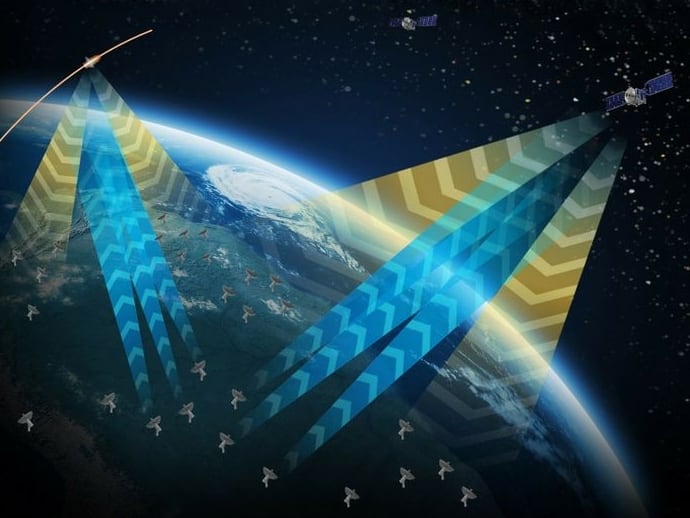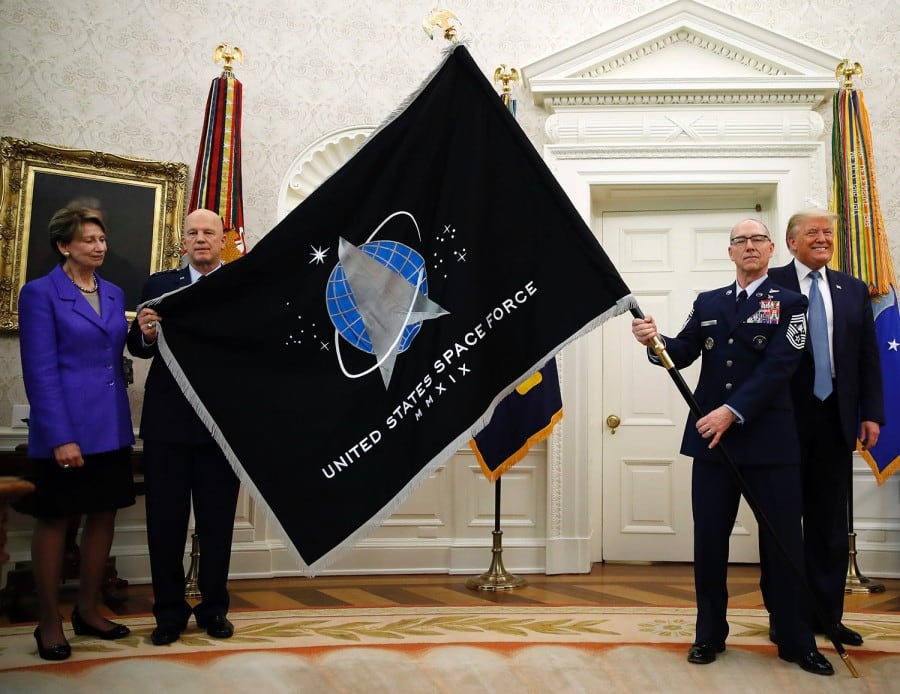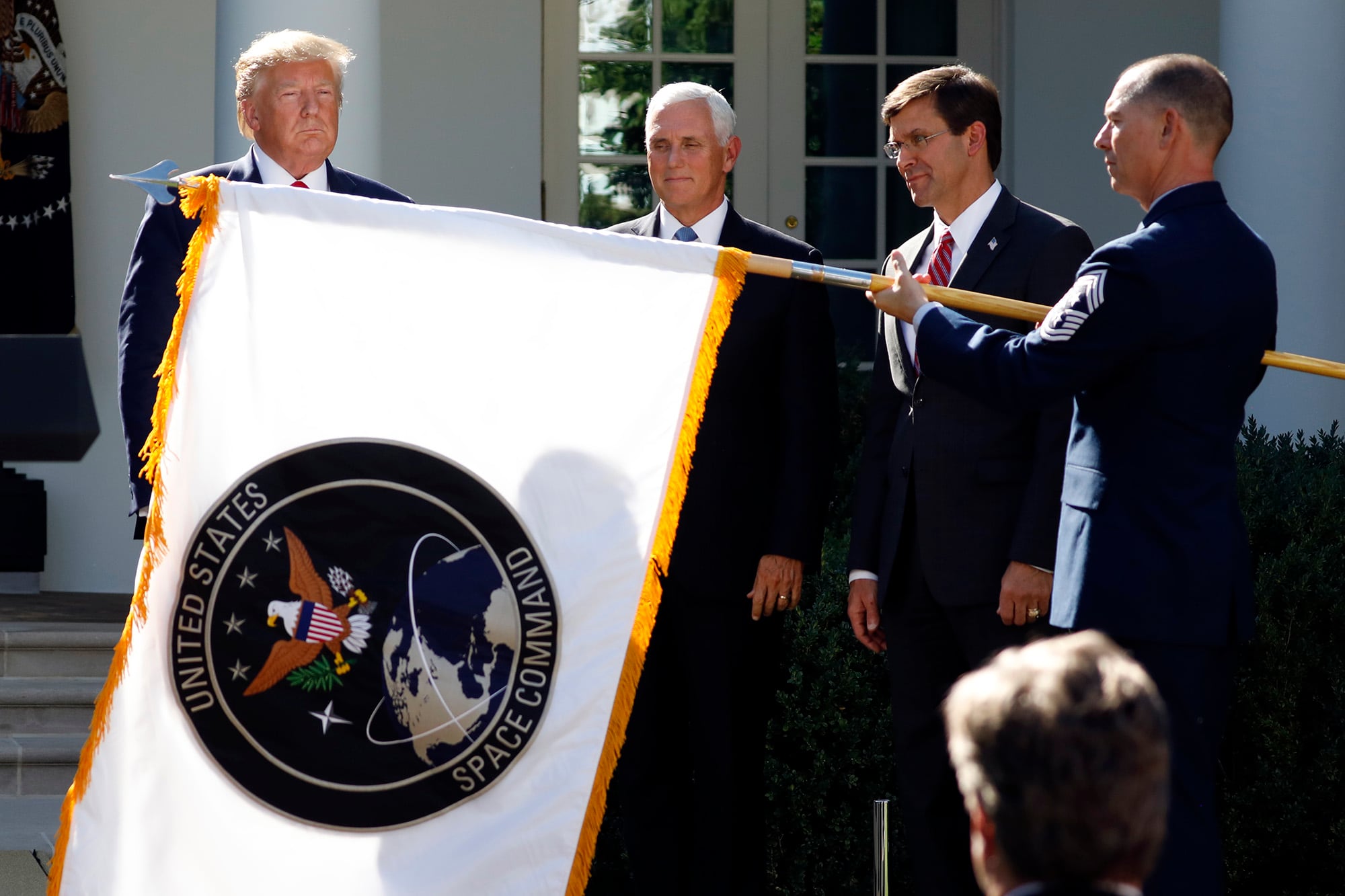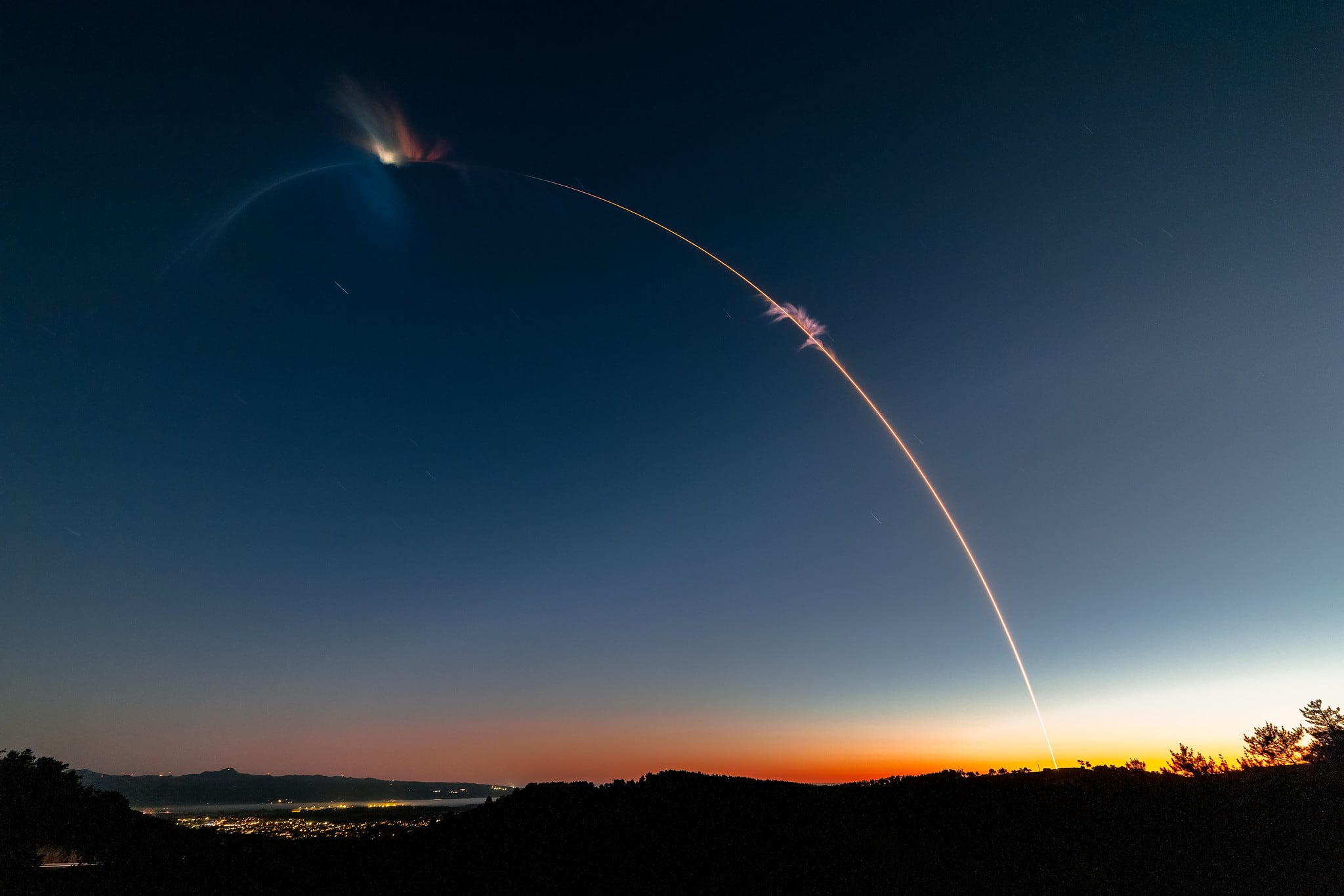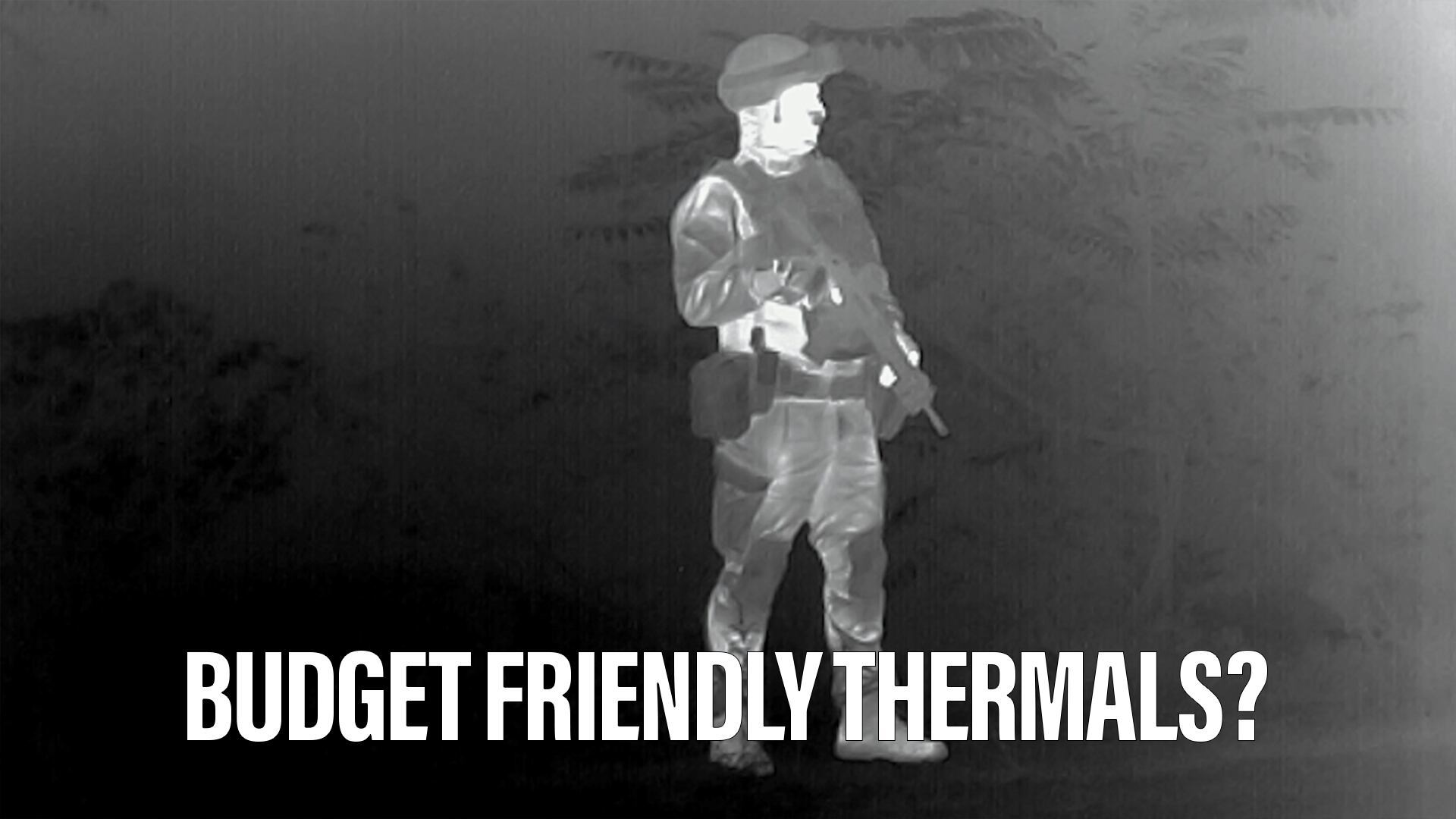A satellite designed to rapidly provide space-based environmental monitoring for the war fighter has achieved two major milestones, passing a critical design review and receiving Milestone B certification, the U.S. Space Force announced May 19.
The next-generation Weather System Follow-on—Microwave (WSF-M) program will provide essential weather data to the U.S. military and its allies. The system will use passive microwave sensors to measure ocean surface wind speed and direction, ice thickness, snow depth, and soil moisture. It will also provide space weather data, taking readings on the energetic-charged particles around the spacecraft.
Ball Aerospace is the prime contractor for WSF-M, having been awarded about $349.6 million to design and build the first space vehicle.
WSF-M passed its critical design review in April, clearing the way for fabrication, demonstration and testing. On May 15, Assistant Secretary of the Air Force for Acquisition, Technology and Logistics Will Roper granted WSF-M Milestone B certification and program approval, formally baselining the program’s execution requirements, including cost and schedule caps.
SMC noted that both milestones were reached while taking steps to mitigate the spread of the new coronavirus, COVID-19. During critical design review, physical distancing guidelines were followed by using voice conferences, online meetings and secure data exchange tools to remove the need for in-person interactions.
“I am fortunate to have a dedicated team committed to providing capability on time, no matter what the obstacle,” Lt. Col. Wilfredo Ruiz, WSF-M program manager, said in a statement.
Nathan Strout covers space, unmanned and intelligence systems for C4ISRNET.

